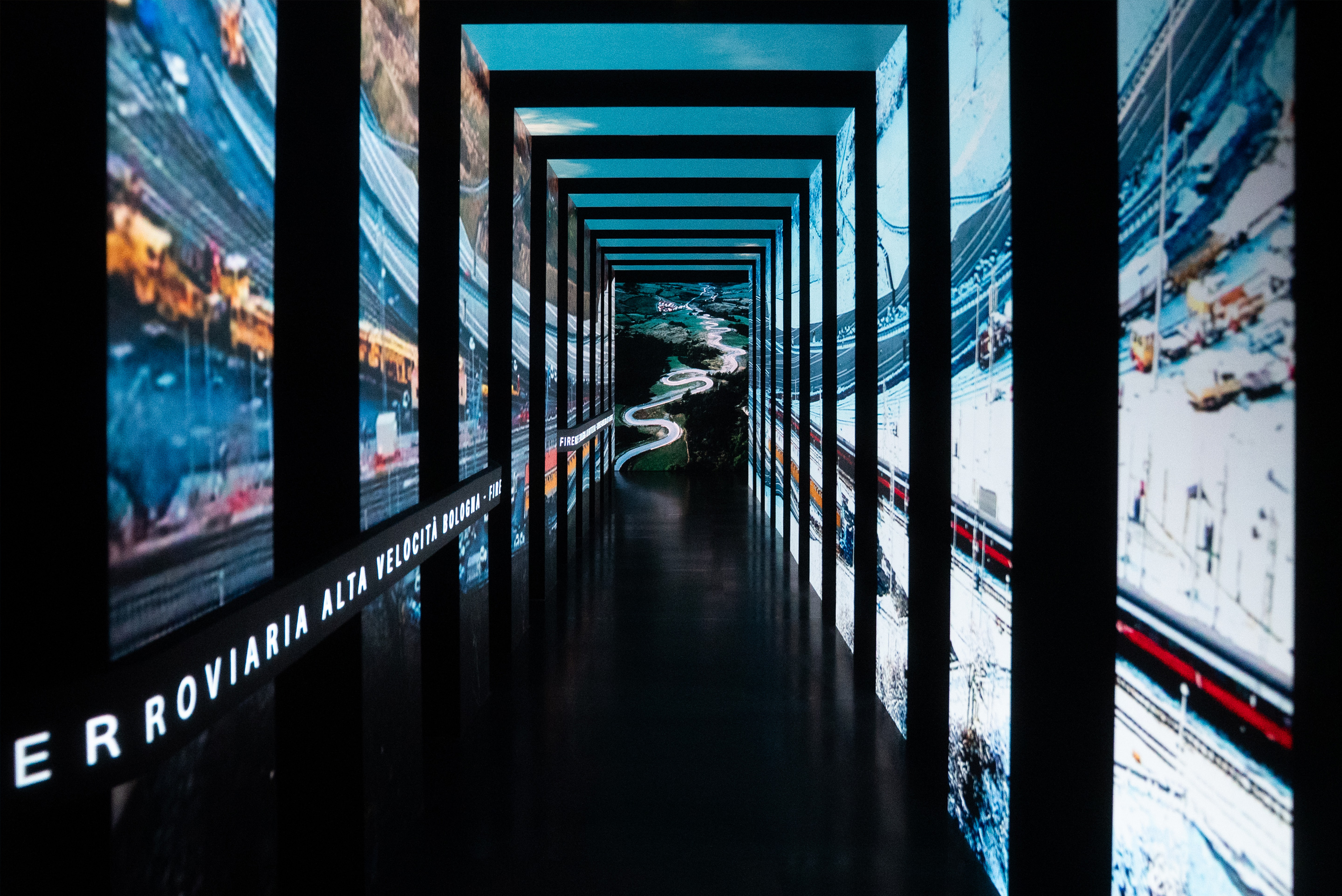
Evolutio
An immersive exhibition on the value and meaning of infrastructure
“What would the world be without infrastructure?”
This question guided us in curating and designing Evolutio, an immersive and interactive exhibition promoted by Webuild and hosted at the Ara Pacis Museum in Rome.
The exhibition explores the crucial role of infrastructure in shaping Italy’s history and collective progress, revealing how roads, bridges, dams, railways, and subways have transformed the country and the way people live.
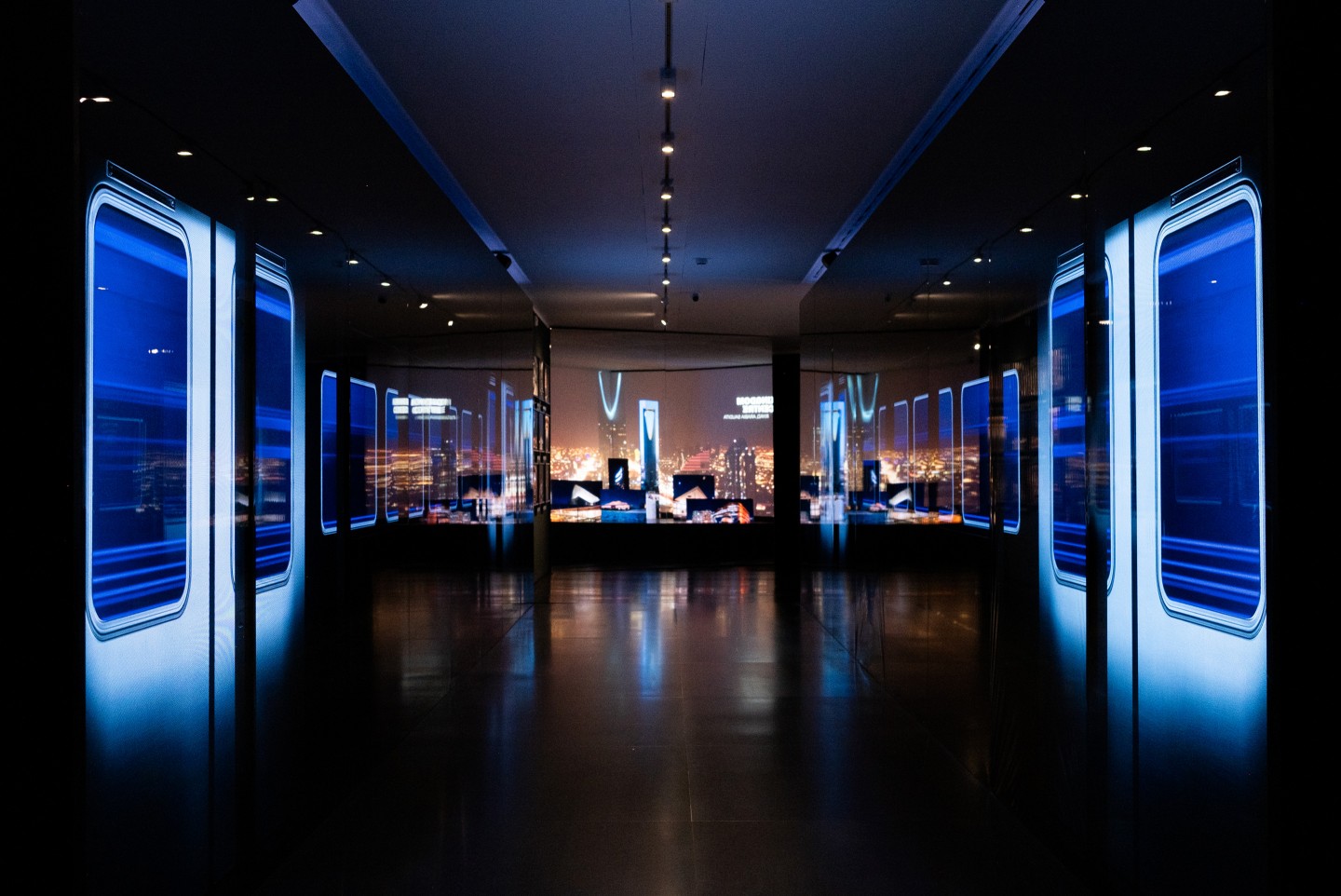
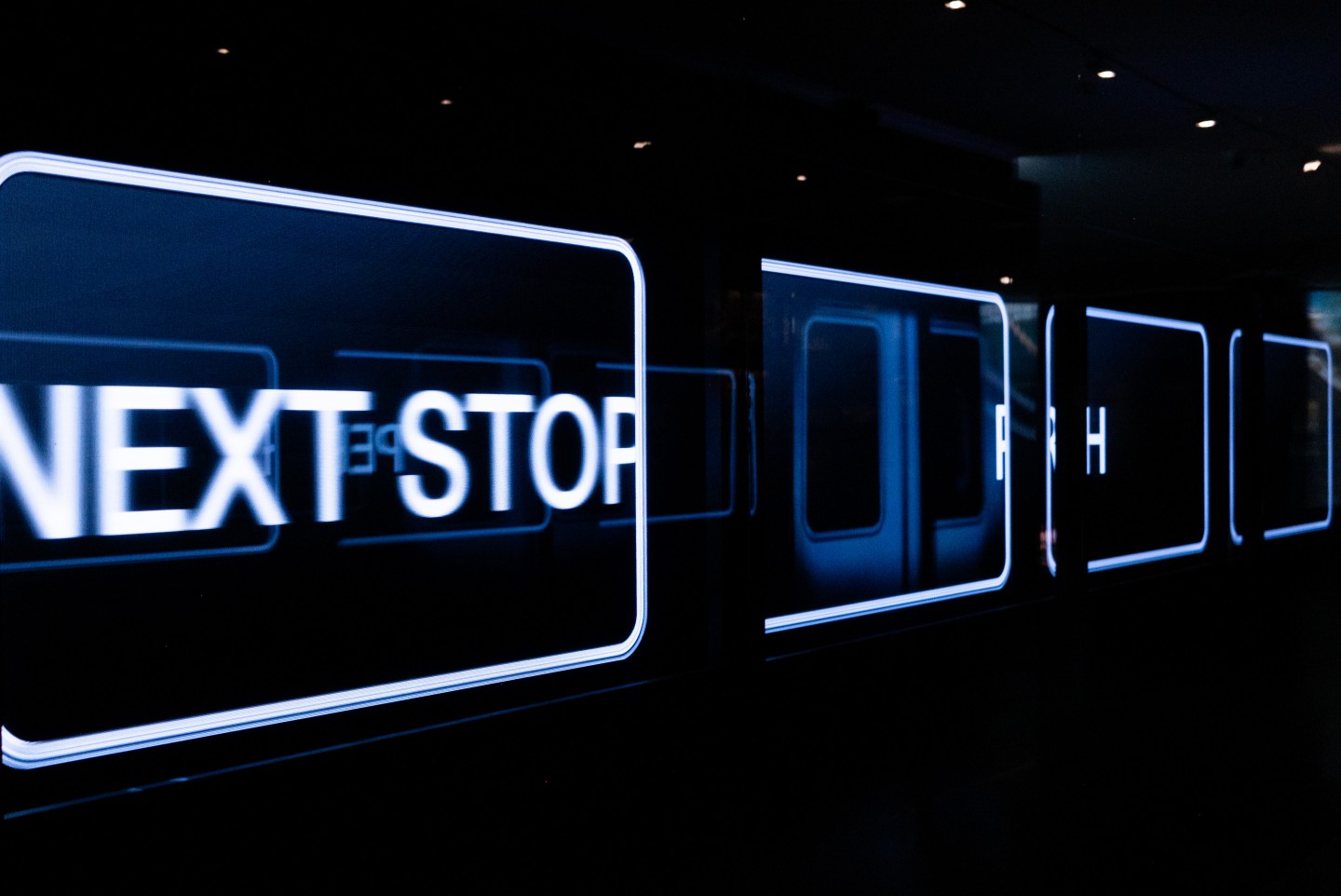
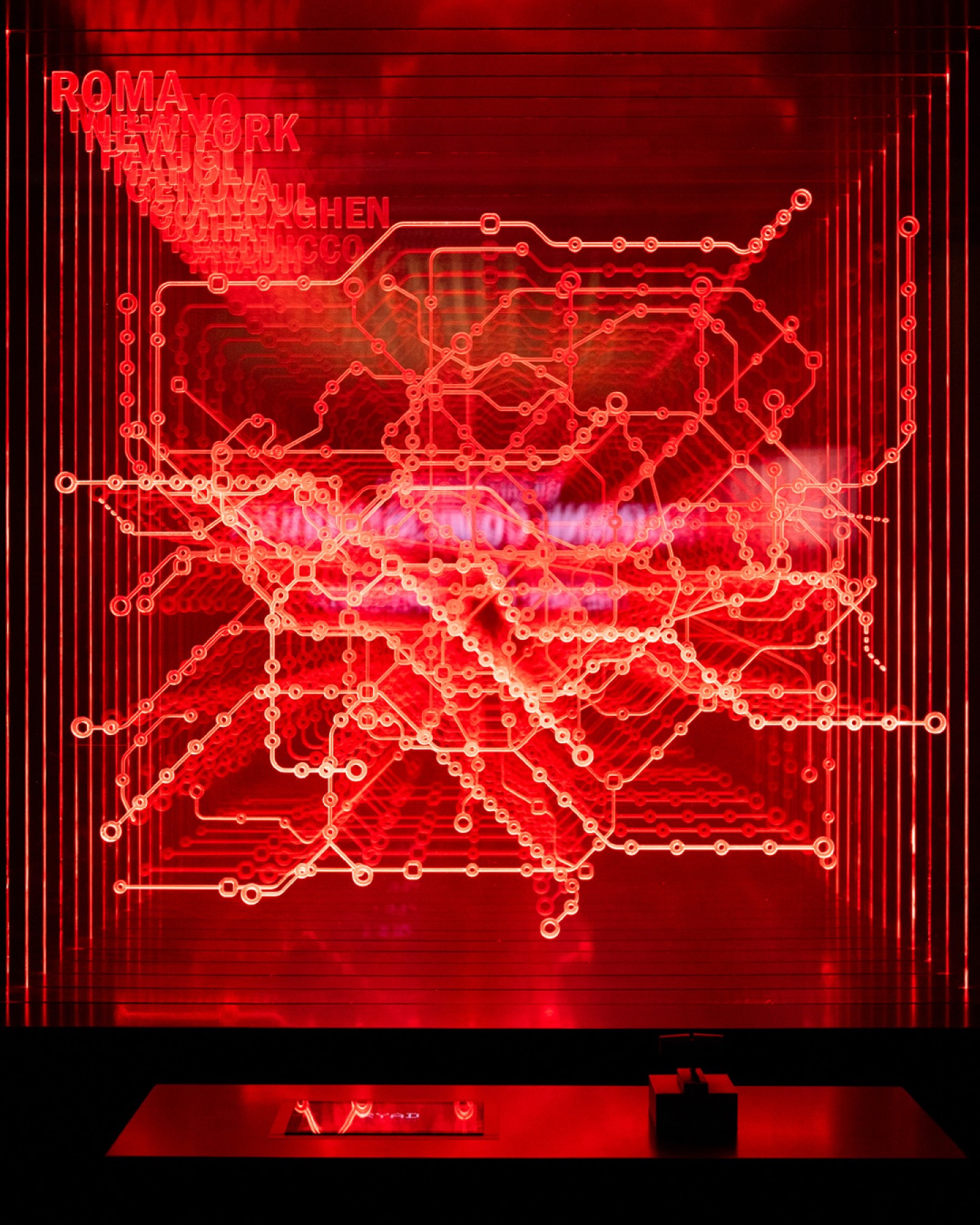
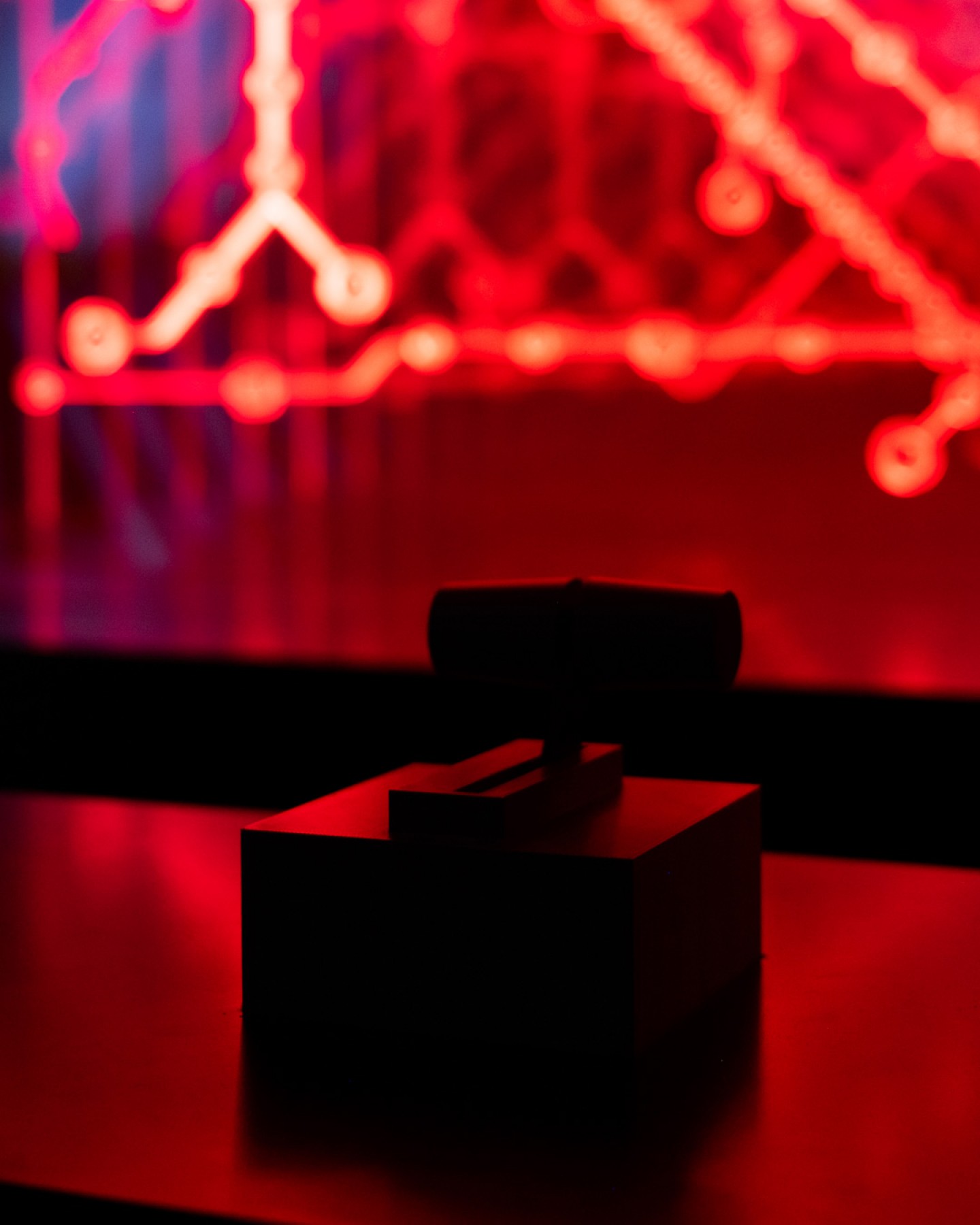

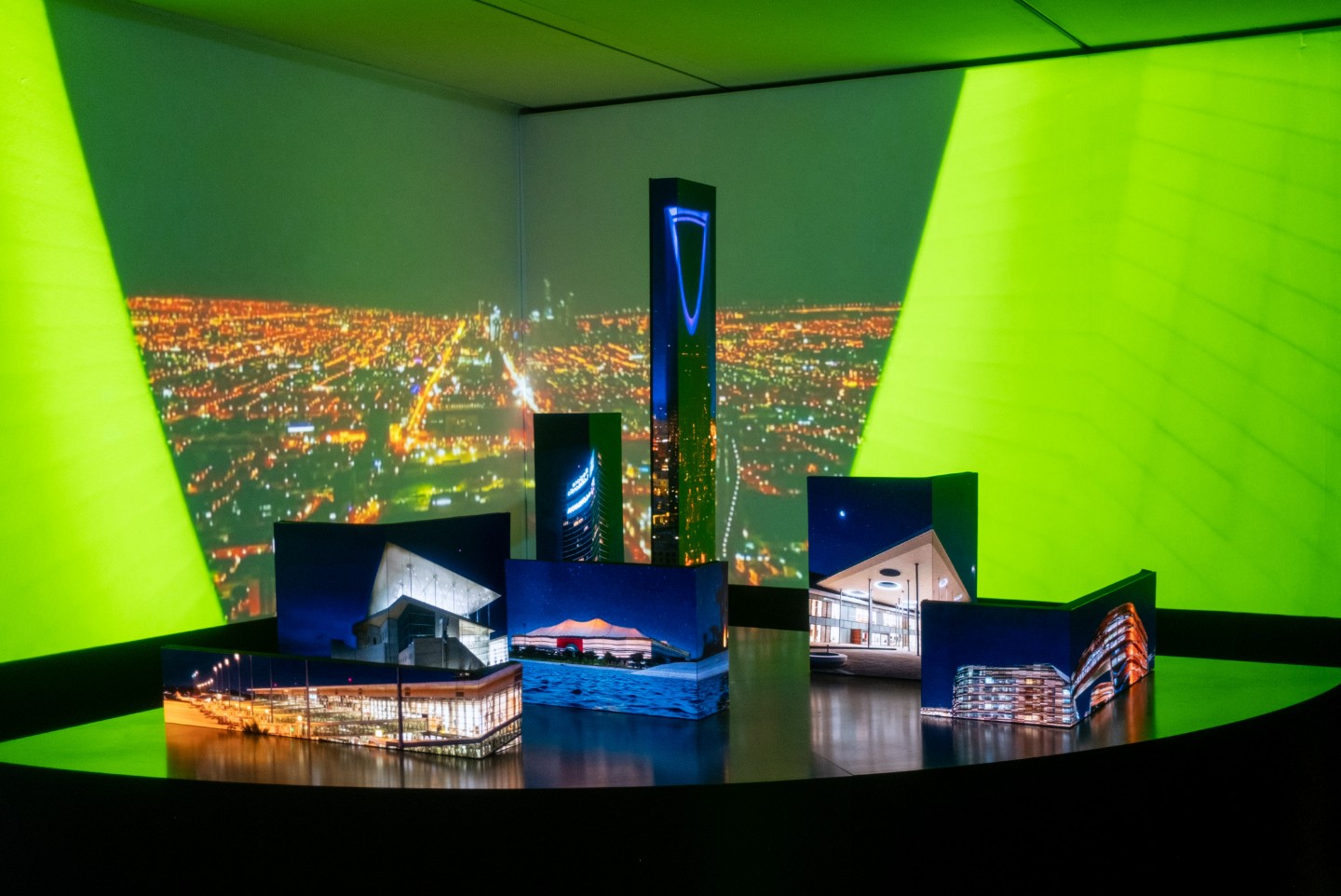
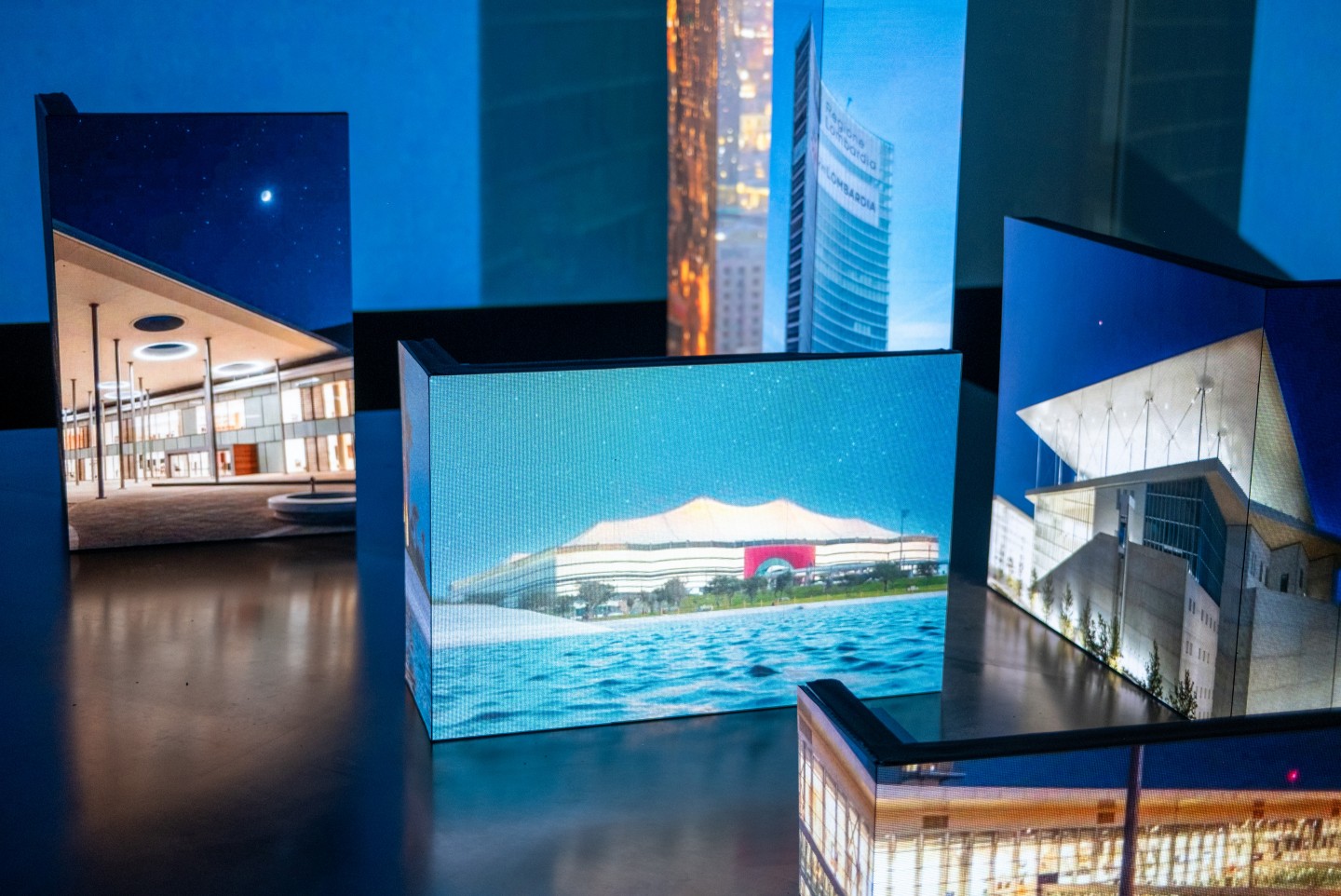
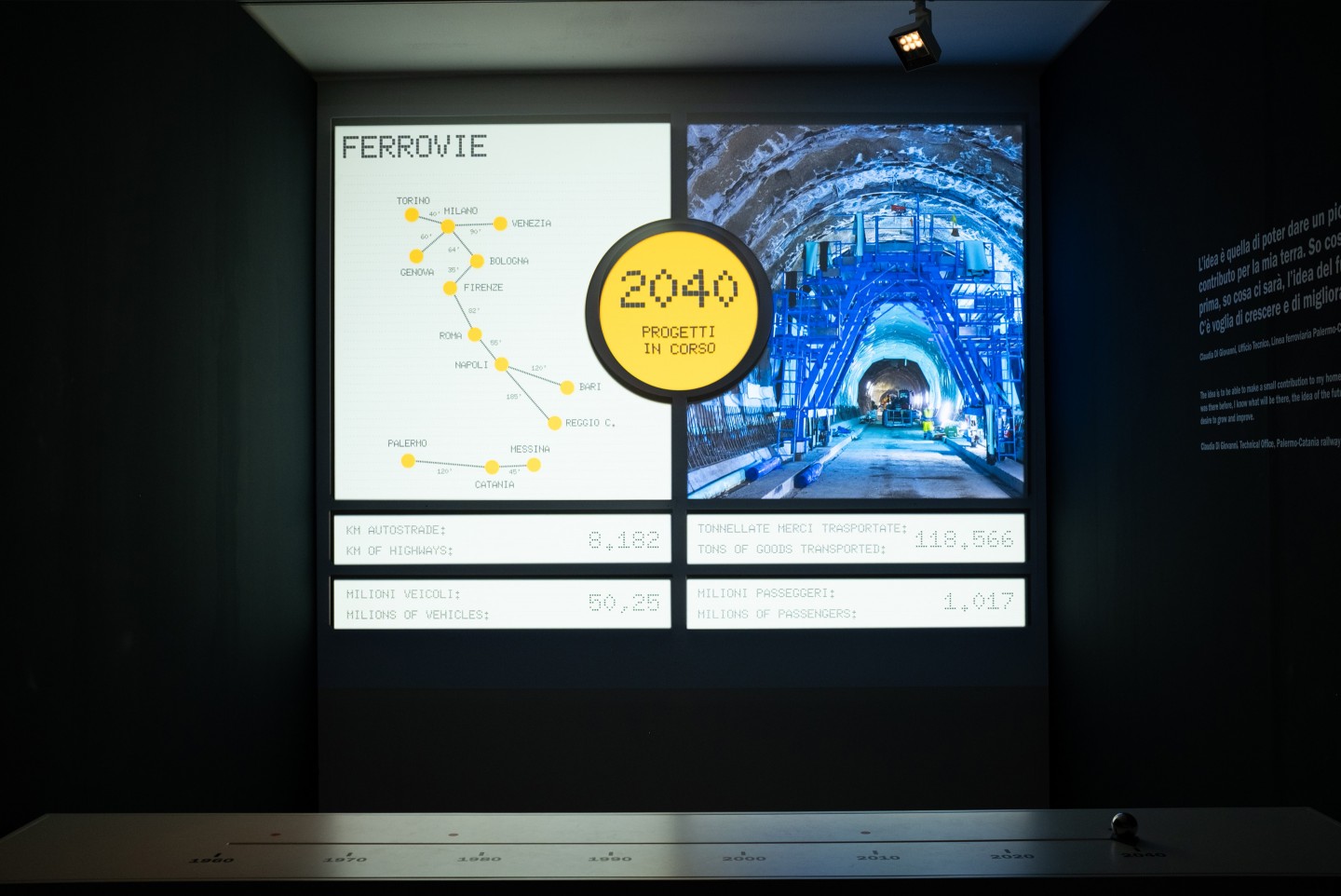
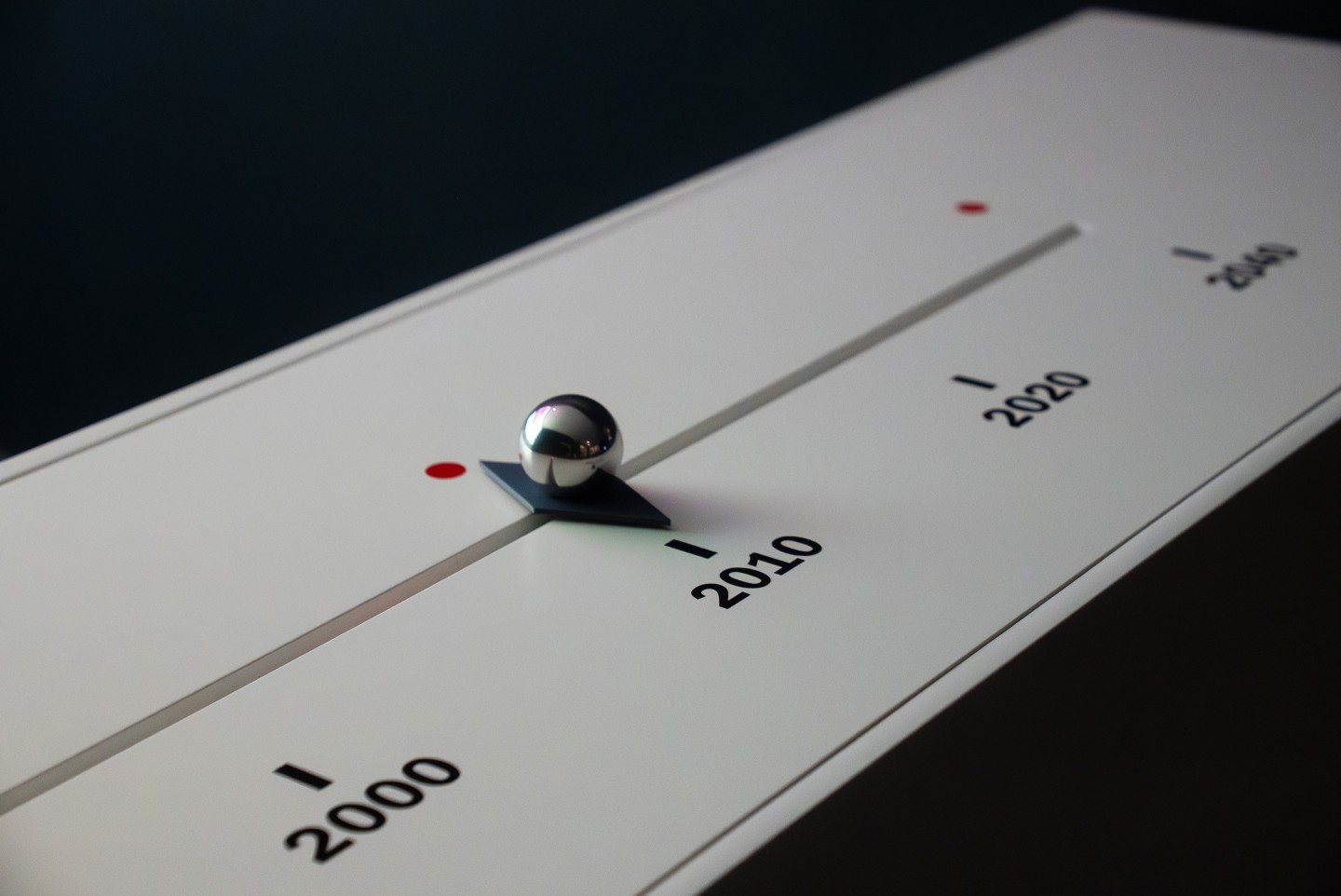
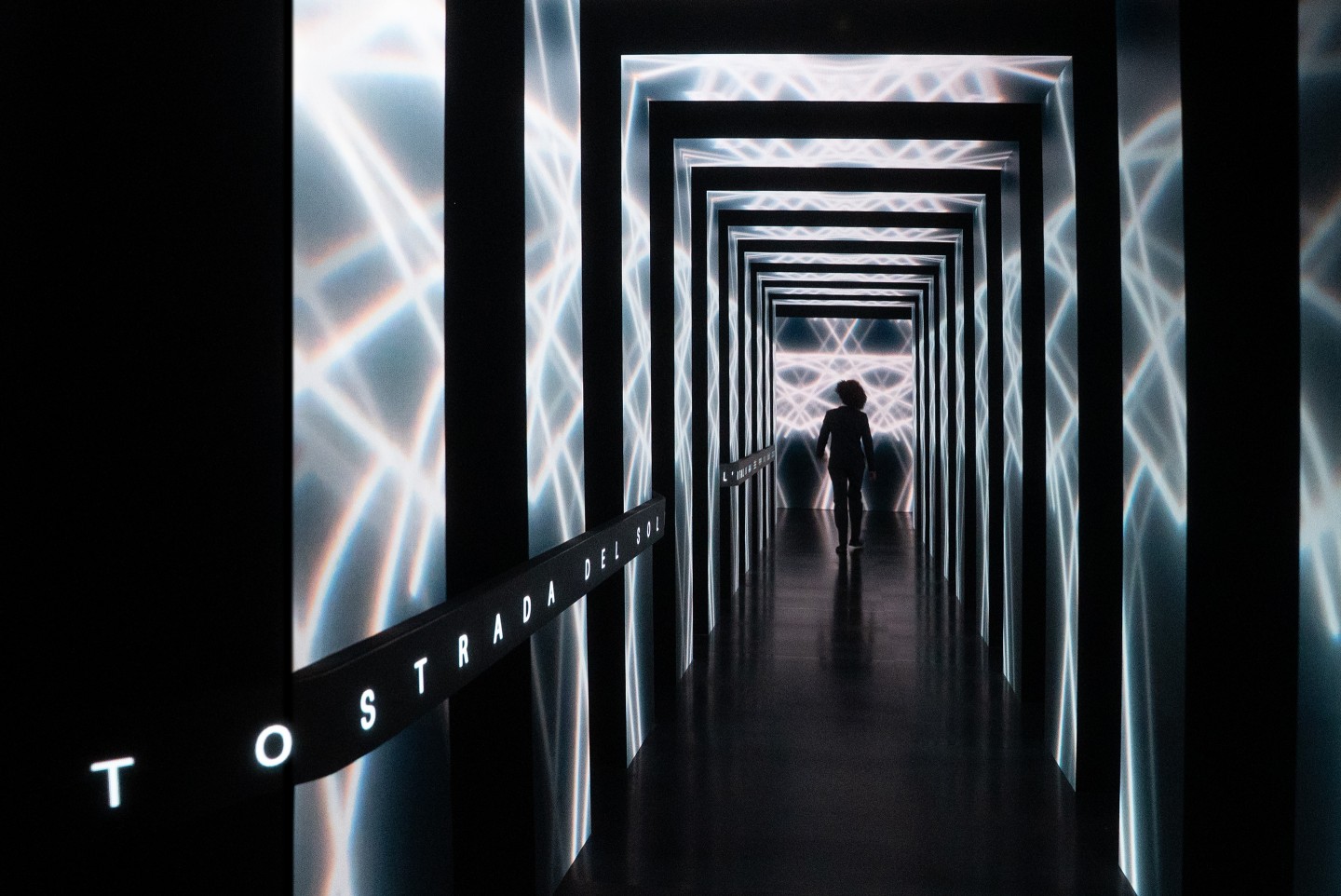

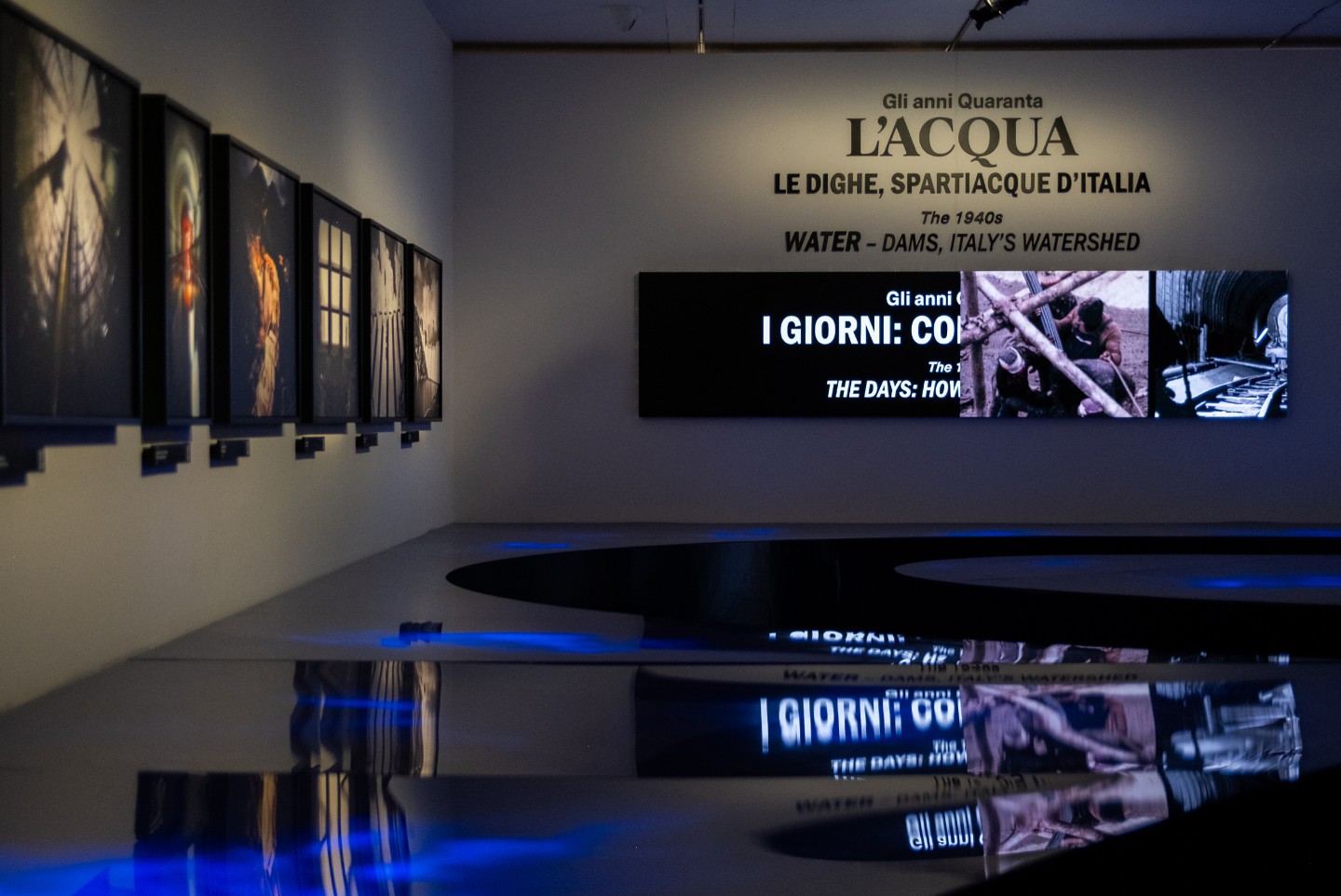
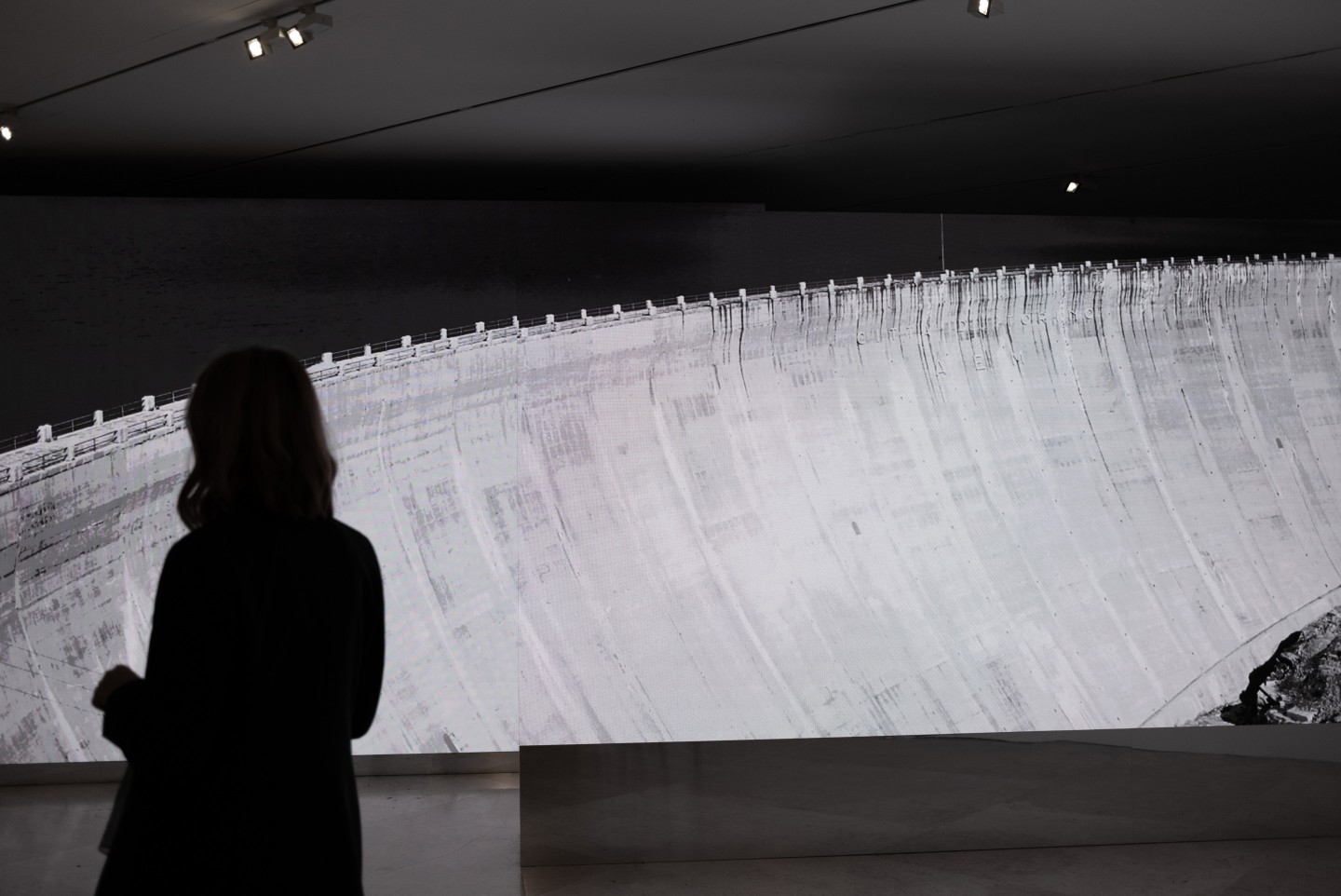
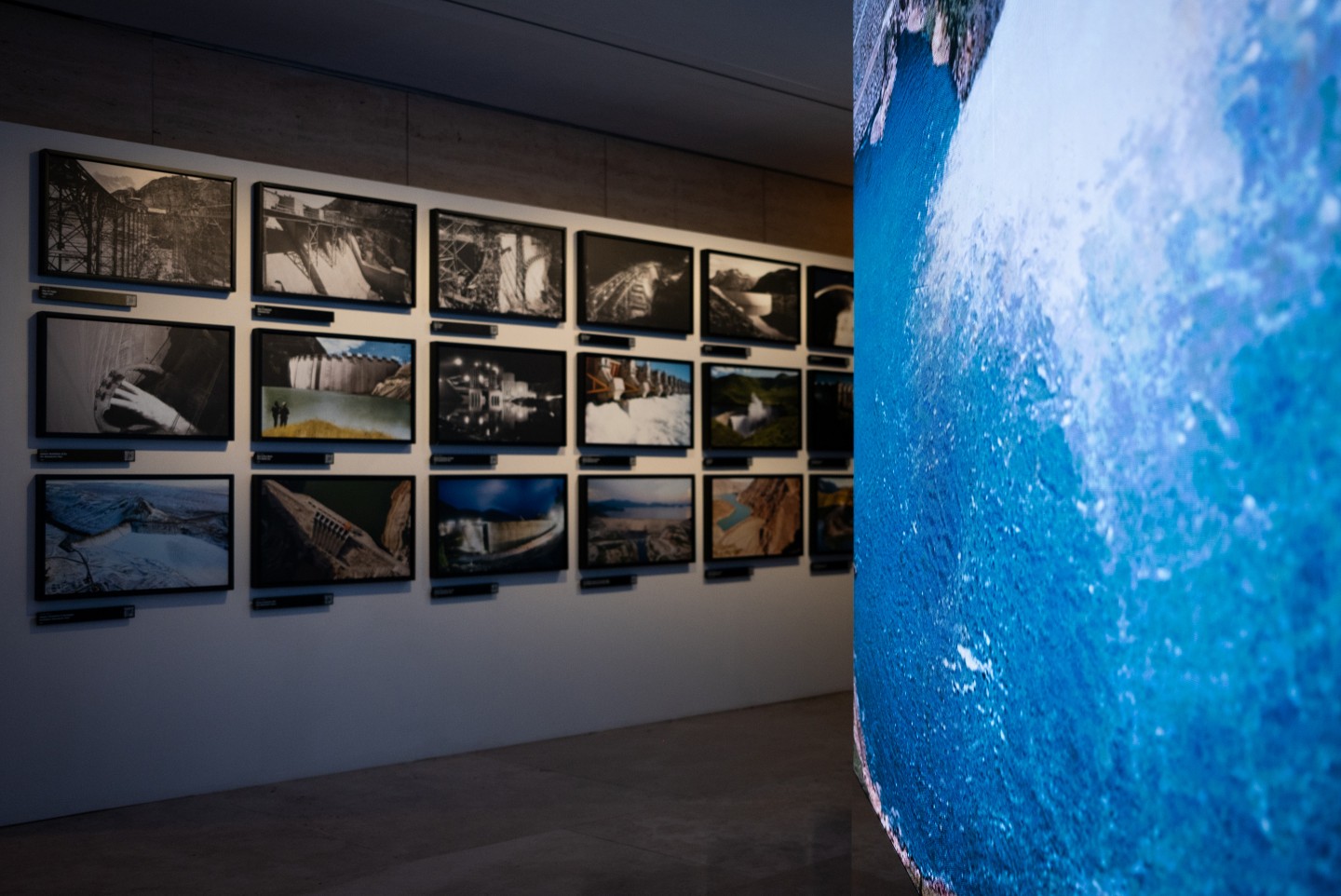
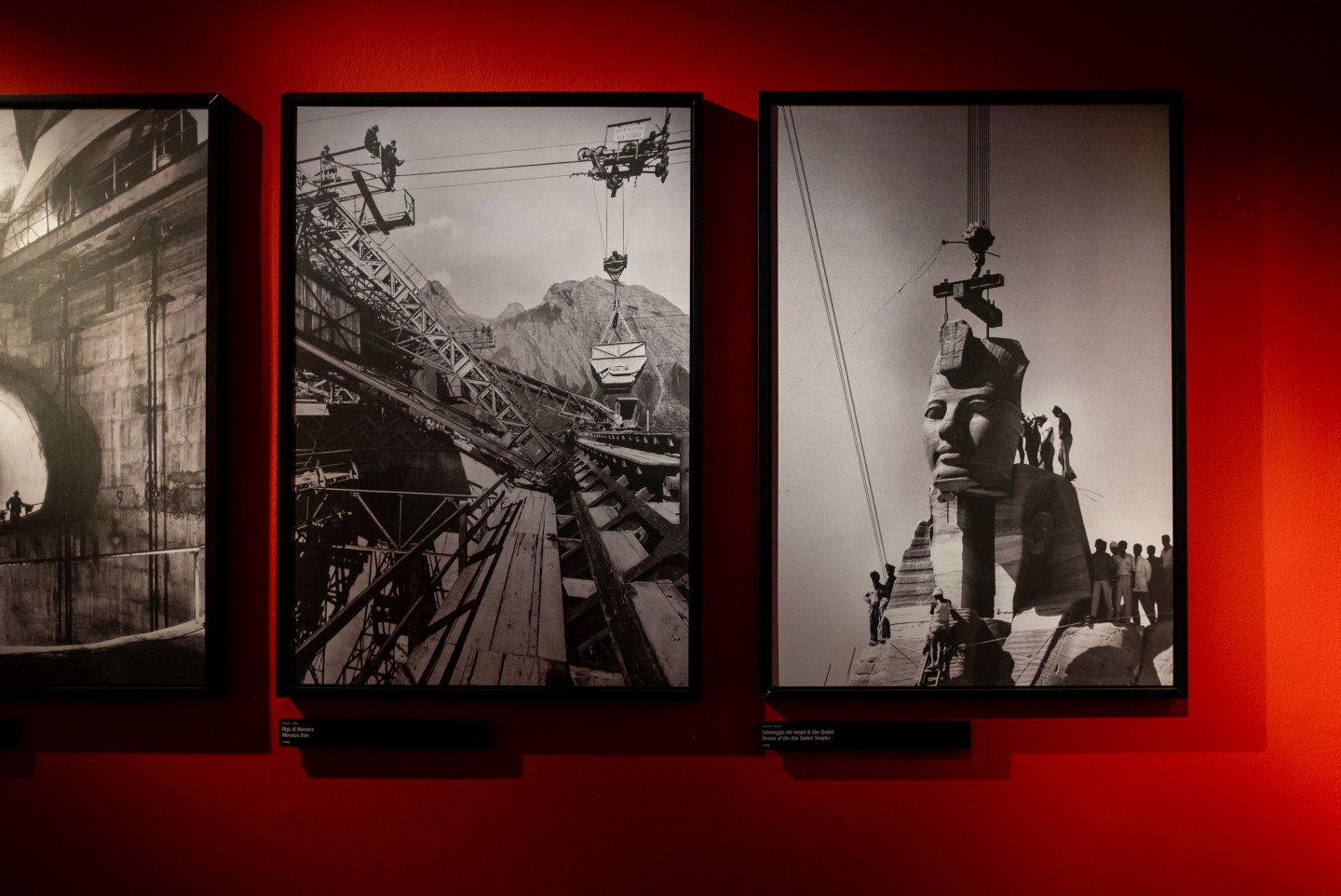
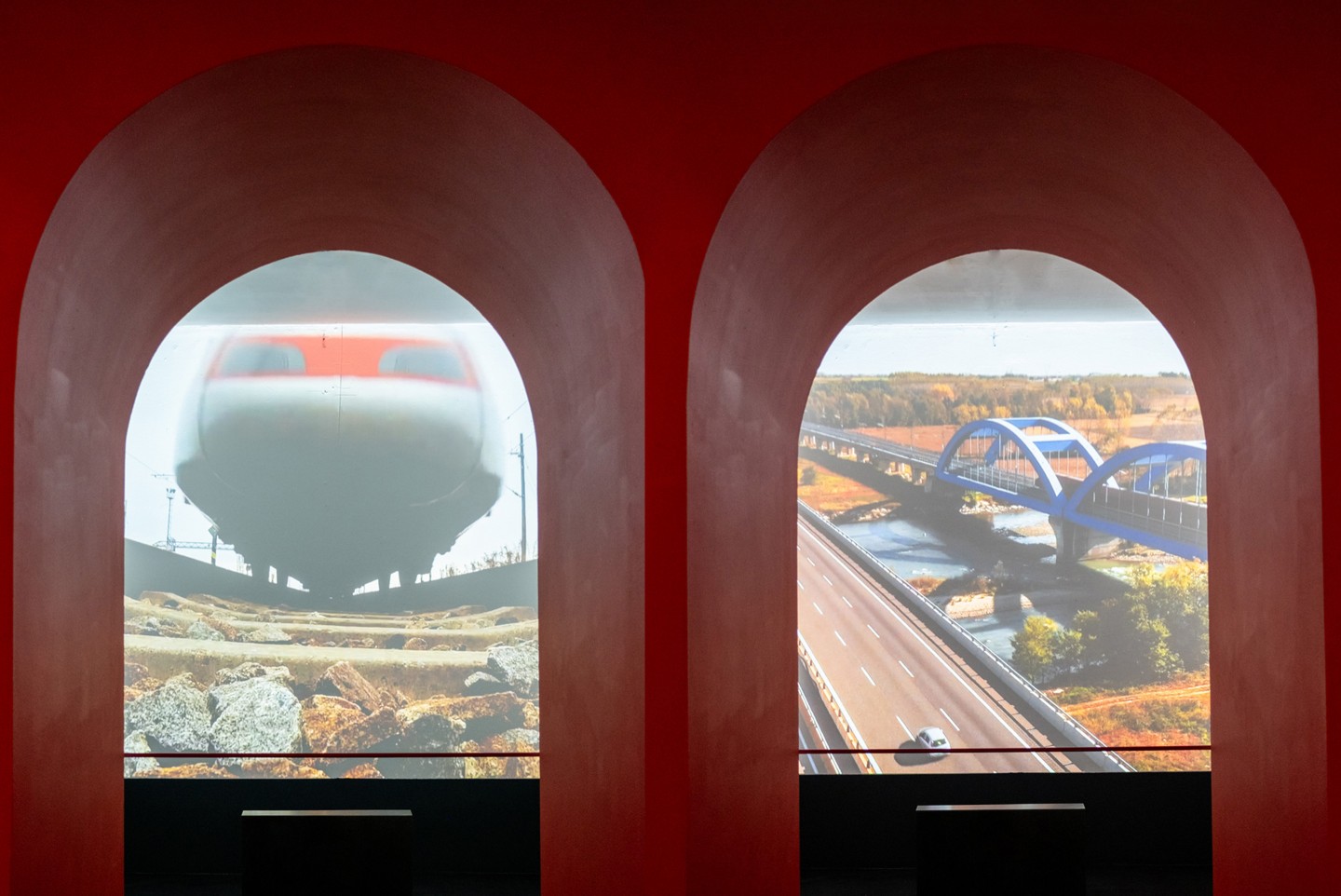

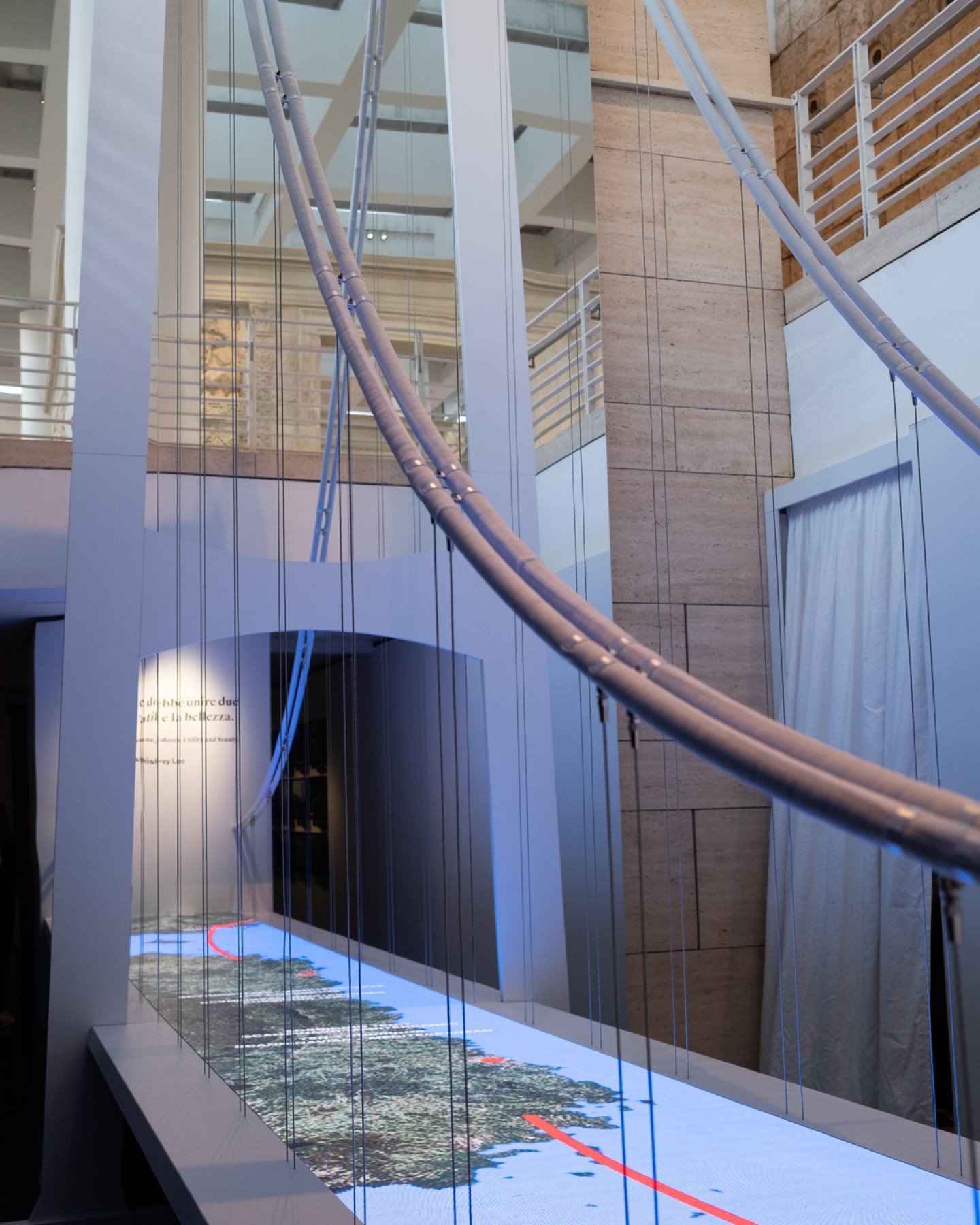
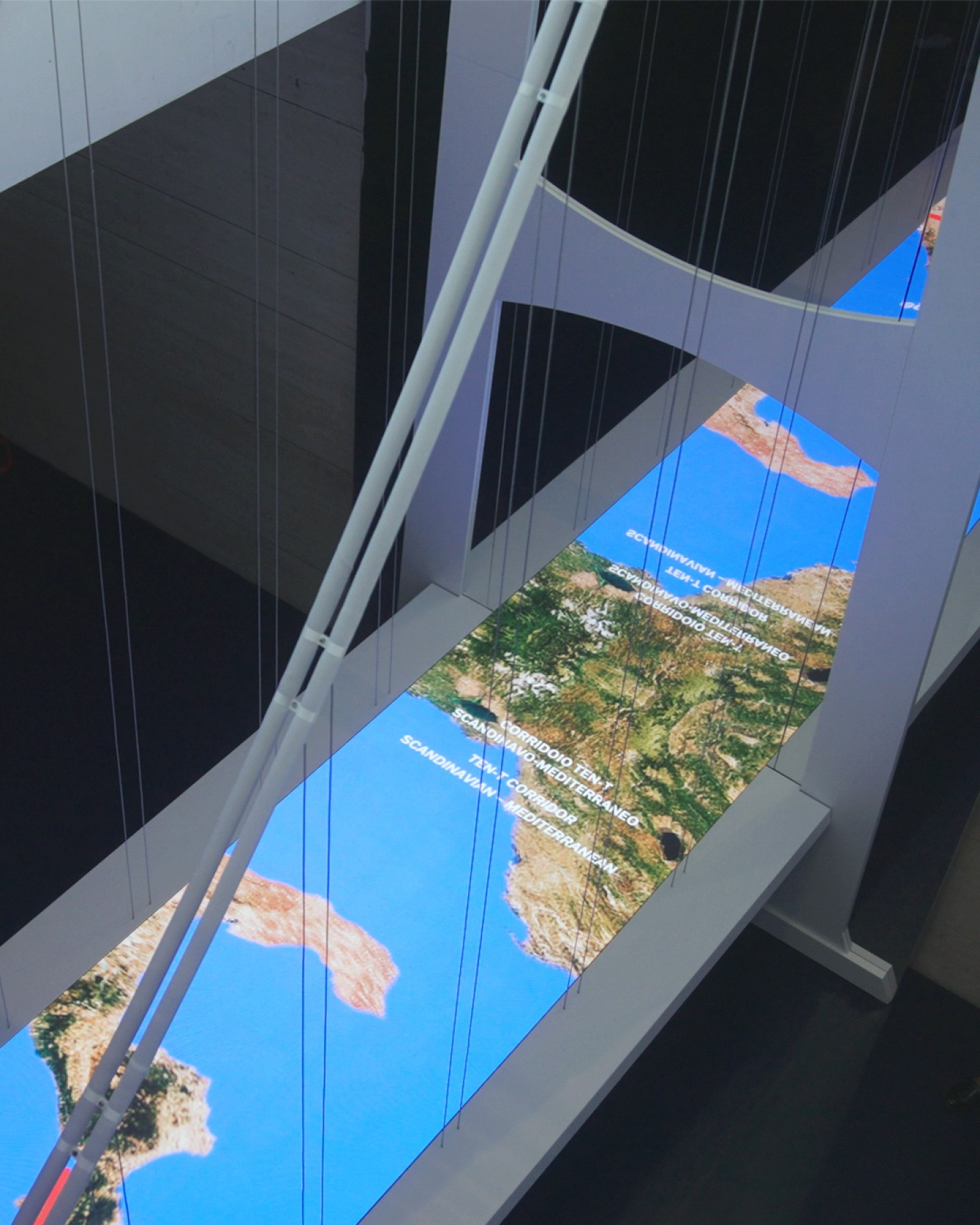
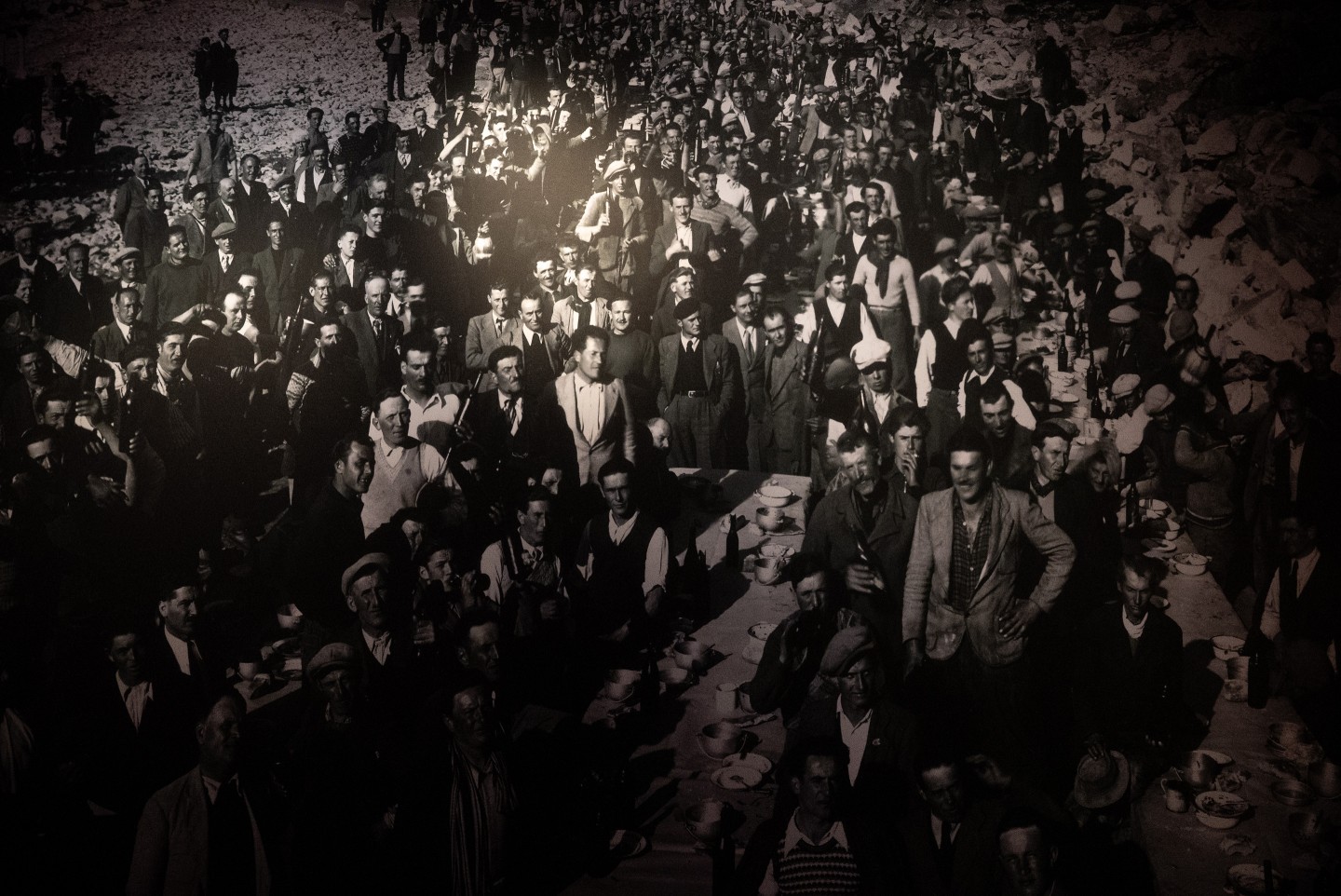
Evolutio is the fifth exhibition we developed for Webuild — and the first presented in Rome.
This exhibition, hosted at the Ara Pacis Museum in Rome, explores how roads, bridges, dams, railways, subways, and architectural works have shaped Italy’s transformation from an agricultural nation to a modern industrial society.
Combining historical memory, technology, and immersive scenography, the exhibition invites visitors to explore archives, interactive installations, and digital content, discovering how infrastructure has improved mobility, daily life, and social cohesion.
“How can the value of infrastructure be conveyed to a broad audience — making it tangible and relevant?” Evolutio responds with an immersive curatorial project where history becomes experience and visitors become part of the narrative.
Rooted in an in-depth study of Webuild’s multimedia archive and of the projects developed by the companies merged into the Group, the exhibition leverages scenography, interactive installations, and digital storytelling to engage the public across multiple dimensions.
The exhibition is designed specifically for the Ara Pacis Museum. Rather than merely occupy the space, Evolutio interprets its architecture and symbolic legacy — forging a dialogue between monument and exhibition, between past and future, memory and innovation.
The exhibition opens with a guiding question — How did Italy become one of the most industrialized nations? — invoking a collective journey from past conditions to modern transformations.
Developed in collaboration with the Ara Pacis Museum, the City of Rome, and the Superintendency for Cultural Heritage, the project ensures cohesion between narrative, space, and institutional context.
The curatorial concept transforms the exhibition path into a connected narrative across three linked layers:
Visual Memory — Archival photographs, documents, and historical materials reveal the evolution of infrastructure as part of Italy’s collective identity.
Connected Narrative — Multimedia installations, projections, and interactive timelines bridge past, present, and future, turning historical content into sensory spatial experience.
Participatory Scenography — Physical spaces are intentionally designed for interaction, inviting visitors to engage directly with the social and cultural significance of infrastructure.
exhibition structure
The exhibition is organized chronologically into thematic areas reflecting the essential human needs that infrastructures have fulfilled — Energy, Water, Transport, and Urban Development — showing how they have shaped societies over time.
1930s: electrification, energy self-sufficiency, industrial expansion
1940s: dams, aqueducts, and water infrastructure
1950s: subways connecting rapidly growing suburbs
1960s: hospitals, airports, cultural centers, and stadiums
1970s: highways, bridges, and railways that redefined distance and mobility
Each decade is enriched by visual reconstructions of everyday life, based on research and archival materials coordinated by Leftloft in collaboration with Istituto Luce and Teche Rai.
At the heart of the exhibition lies an in-depth focus on people — a constant dialogue between past and present, showing how work has evolved over time and paying tribute to the hidden heroes behind these great works.
exhibition design & installation
Each concept layer is activated through site-specific installations — physical, multimedia, or interactive — all equally contributing to a unified and immersive narrative.
1900 Installation: the exhibition opens with an evocative scene from the early 20th century, composed of photographs, sounds, and objects that recreate the atmosphere of an Italy still poor and rural. In this space, a clearly visible question invites reflection: How did Italy become one of the world’s most industrialized nations?
Le Torce: visitors use handheld torches to cast light on archival images, gradually revealing modern urban scenes superimposed onto historical views, highlighting the transformation from past to present.
The Interactive Metro: subway lines displayed on illuminated plexiglass panels demonstrate how cities evolved and connected across time.
The Distance Dashboard: by turning a knob along a timeline, visitors see how travel times between locations shrink — distances measured not in kilometers but in hours — making the impact of infrastructure tangible.
Participatory Scenography: immersive settings allow visitors to walk in water behind a digital dam, board subway cars that replicate cities around the globe, traverse tunnels and suspended bridges, and explore digital cityscapes transitioning between day and night.
The journey culminates in the meta-bridge, a scenographic model of the Strait of Messina Bridge, creating a visual and symbolic link between the exhibition and the Ara Pacis.
What we did
Curatorial concept and artistic direction
Scenography and visual design across thematic areas
Immersive and interactive installations - in collaboration with TheBuss
Integrated visual system: signage, digital materials, communication
Scenographic modeling of the meta-bridge
Guidelines for touring versions of the exhibition
collaborators
The exhibition was curated, realized, and coordinated by Leftloft, which involved multimedia artists and technical specialists to create an immersive and meaningful experience.
TheBuss - setup design and immersive multimedia installations
Solian Clerici – setup design
Manuel D’Onofrio – 3D modeling
EEZE – motion design
Giovanni Farese – scientific curator
Fidogroup - Exhibition Setup & Technology
Marco Fracasso – sound design
Anna Frigo – motion design
Alessandro Gabini – motion design
Alyssa Gagliardi – technology development
Dario Gavezotti – technology development
Alessandro Lucchini – motion design
Luca Scarzella – motion design
Video – TheBuss
Filming – Ivana Gloria, Elena Chiappa
Editing – Ivana Gloria
Collections
An overview of our wide fields of action
-
Logos & Trademarks
What makes a brand memorable and unique.
-
Environments & Exhibits
Designing for spaces: from signage to cultural display, from retail to events
-
Art & Culture
We had the chance to work for museums, institutions and organization in Italy and worldwide
-
Educational
Designing for school publishing
-
Type Design
We love typography, we design typefaces, from lettering to complete custom type families.
Case Studies
selected projects
-

Layout, installations, and multimedia content
The Future Unfolds
An immersive and interactive journey to explore the future of mobility
-
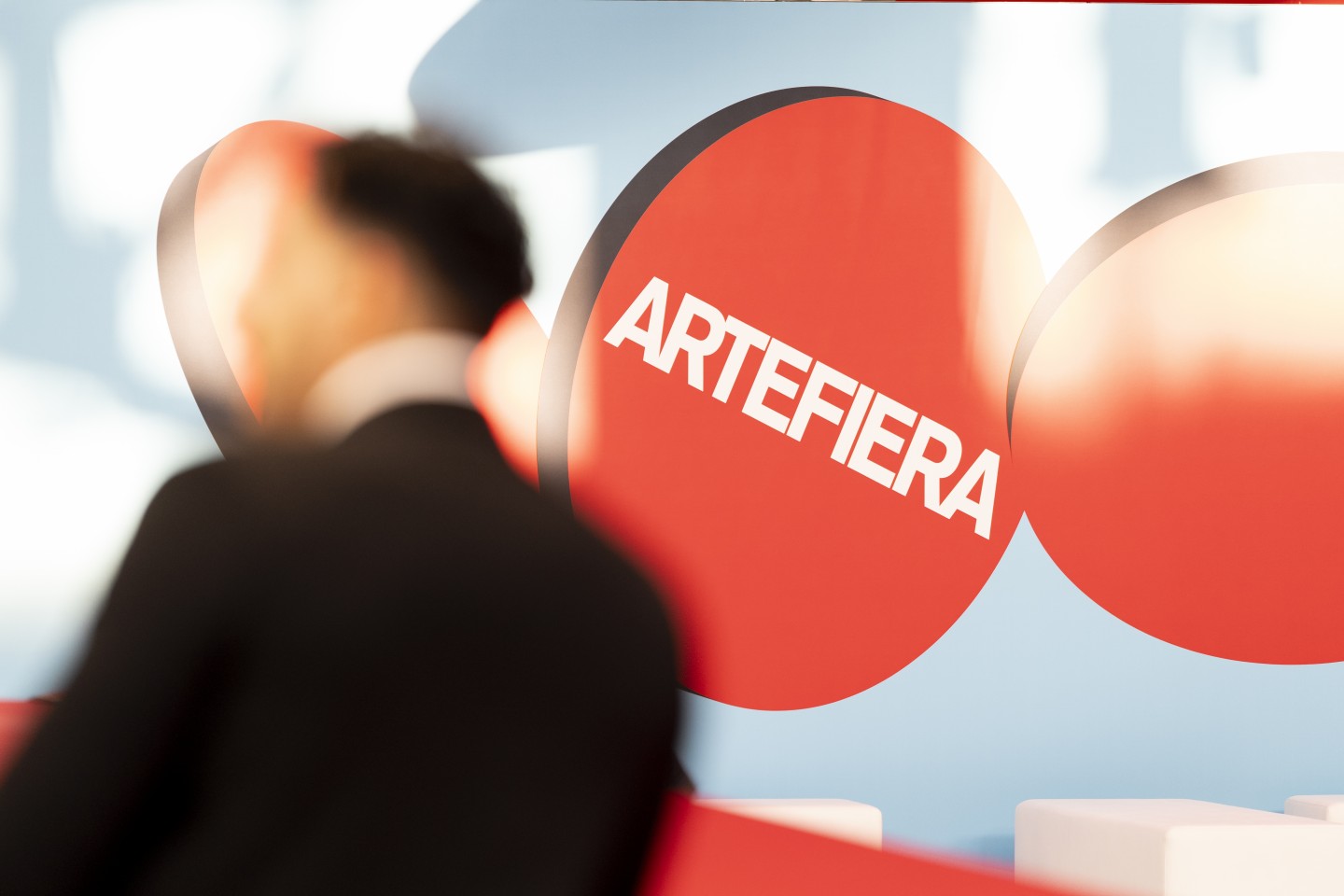
visual identity
Artefiera Bologna 2025
A vibrant, pop-inspired restyling marks the 48th edition
-

exhibition design
125 Volte Fiat
An exhibition celebrates FIAT’s 125th anniversary
-
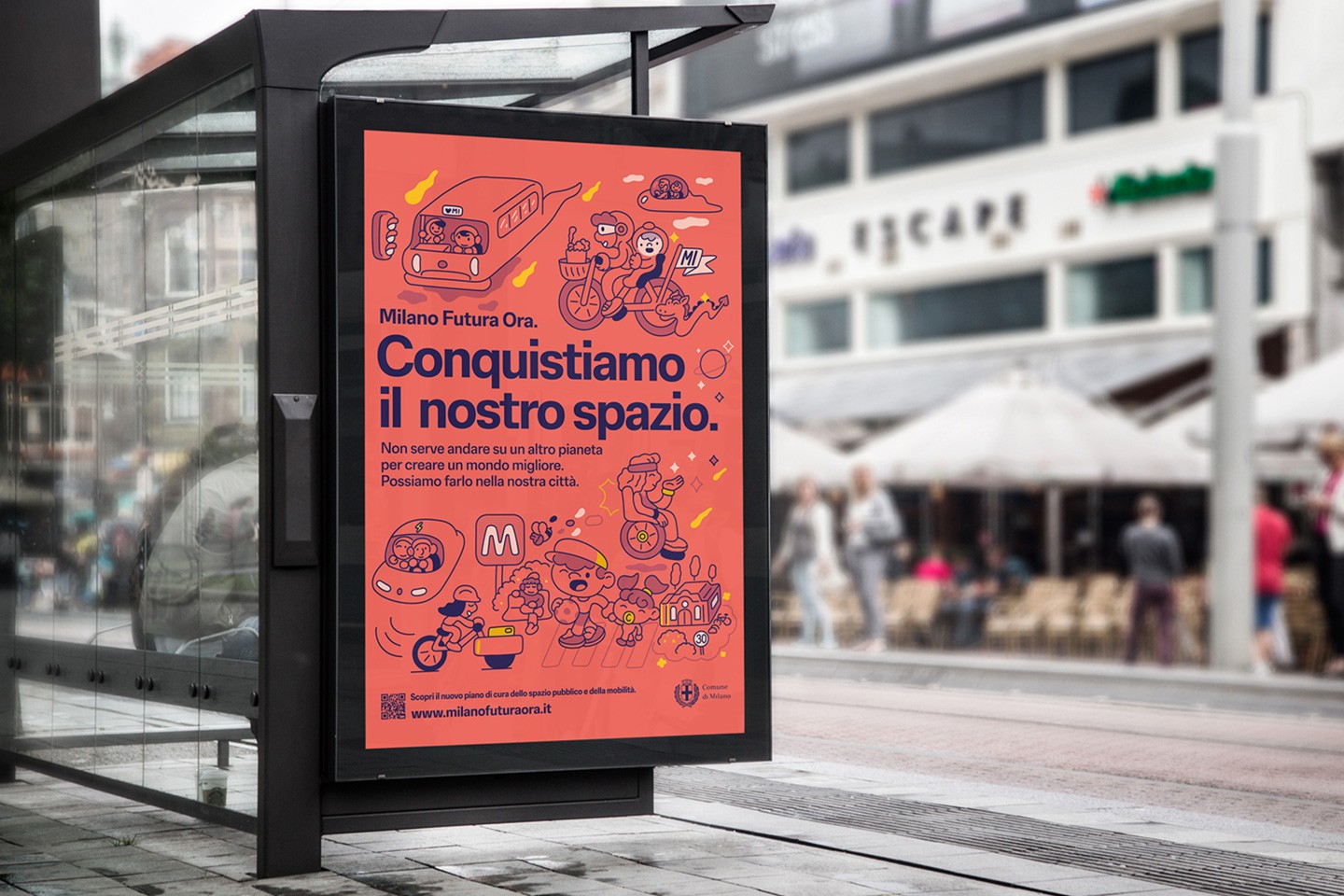
ADI Design Index 2025
Conquistiamo il nostro spazio
OOH campaign and website on shared public spaces and active mobility in Milan.